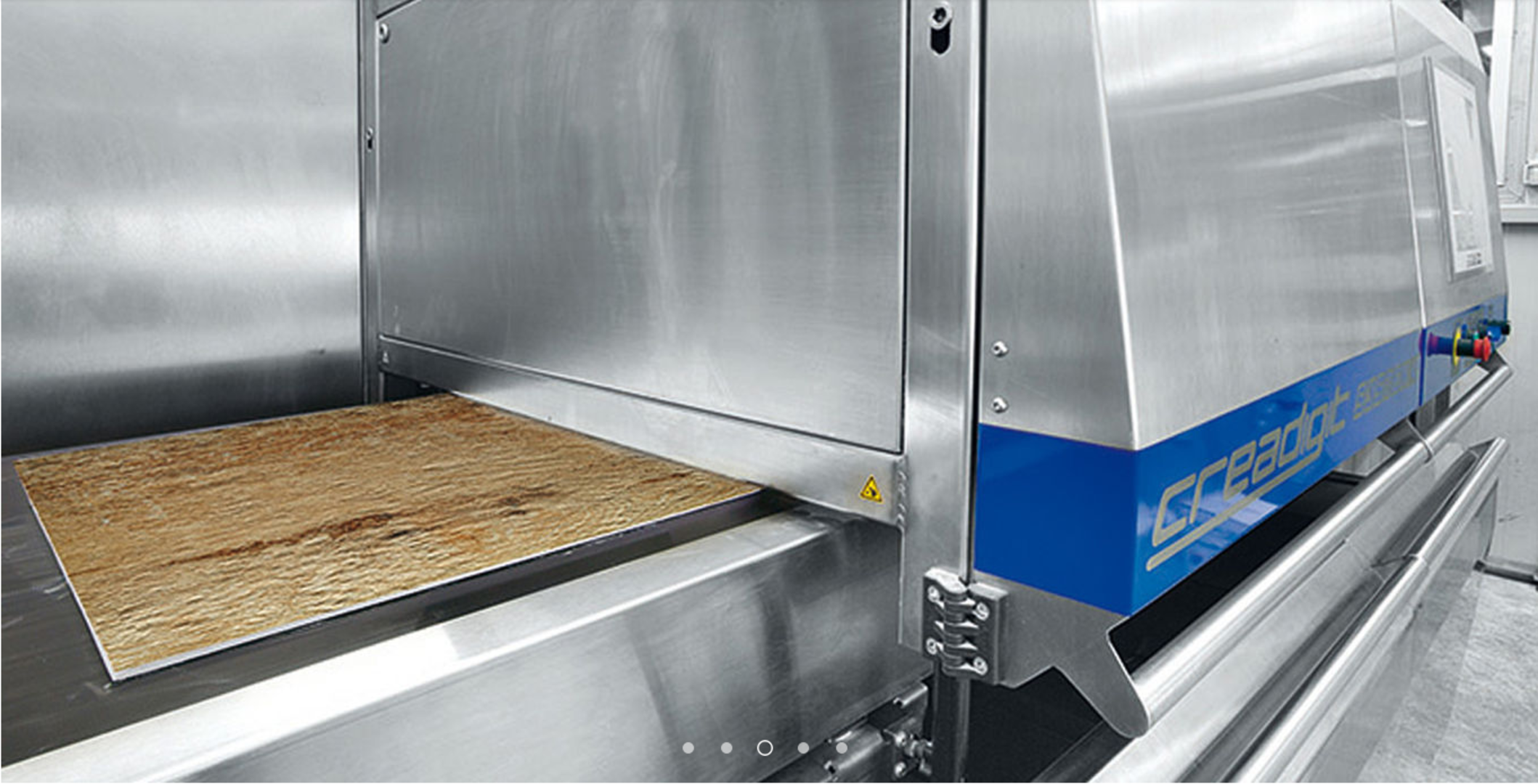From space rockets to ceramics
A researcher spotted ESA’s patent for afluid filter invented to trap contaminants in rocket fuel and thought he could exploit it to improve printing on ceramics, which often suffers from clogged printer heads.
“I am a researcher in materials science,” explains Breogán Pato, postdoctoral fellow at Norway’s University of Bergen.
“In 2013, while I was working for the Institute of Ceramic Technology in Castellón, in Spain, I noticed that inkjet printers for ceramics often blocked because of particles in the ink.
“To combat this, filters are added – but they also suffer from persistent clogging.”
Space technology to the rescue
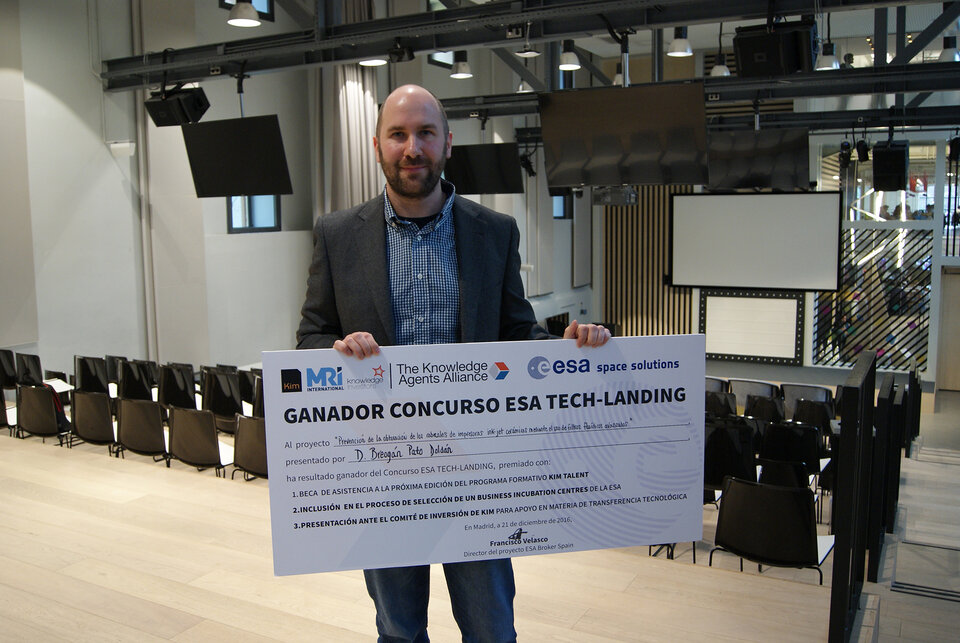
“The filter developed by ESA has a new structure that maximises the filtering surface and prevents obstruction and accumulation of particles,” notes Breogán.
The filter, ESA patent number 642, traps contaminants in rocket fuels without significant loss in pressure.
“The large filtering surface significantly reduces the pressure reduction and makes the filter less prone to becoming obstructed.
“It offers several alternative passages for the fluid, thus guaranteeing a constant flow in the filter and impeding the accumulation of particles.
Because of this, it could solve the issue of head-clogging that often emerges in ceramic printers.”
Breogán’s idea won the ESA Tech-Landing Contest, an initiative of ESA and the Spanish company Knowledge Innovation Market (KIM), the ESA Technology Transfer Programme’s national broker to help industry benefit from technology developments under European space programmes.
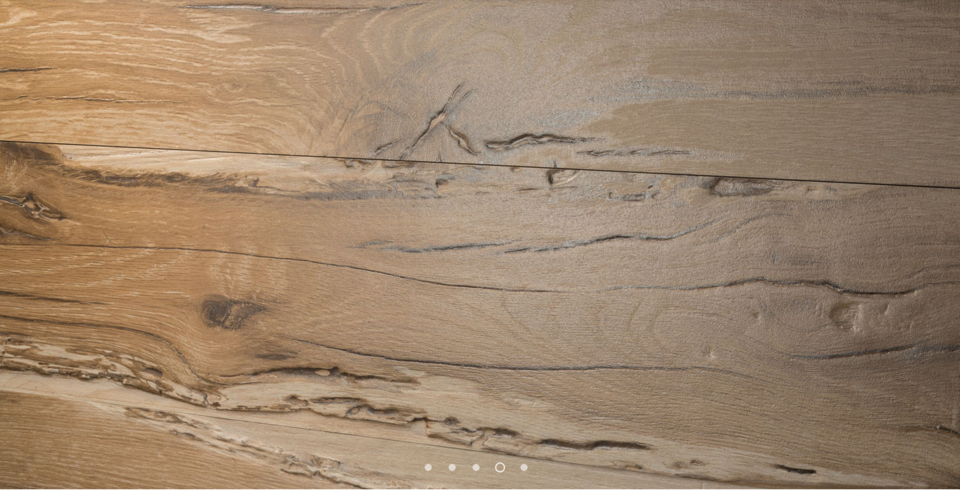
“The objective of the contest is to reward technology-based entrepreneurship using patented technologies from ESA in new business models not directly linked to the aerospace sector. We want to promote technology transfer from ESA to other sectors,” explains Jorge Mujico from KIM.
A recent commercial evaluation in Spain of the large portfolio of technologies developed by ESA resulted in the identification of 29 with special potential interest to non-space industry.
These were made available to the contest participants to develop viable business models on specific industry cases.
“A growing number of companies is using printers – including the ceramics industry,” adds Jorge.
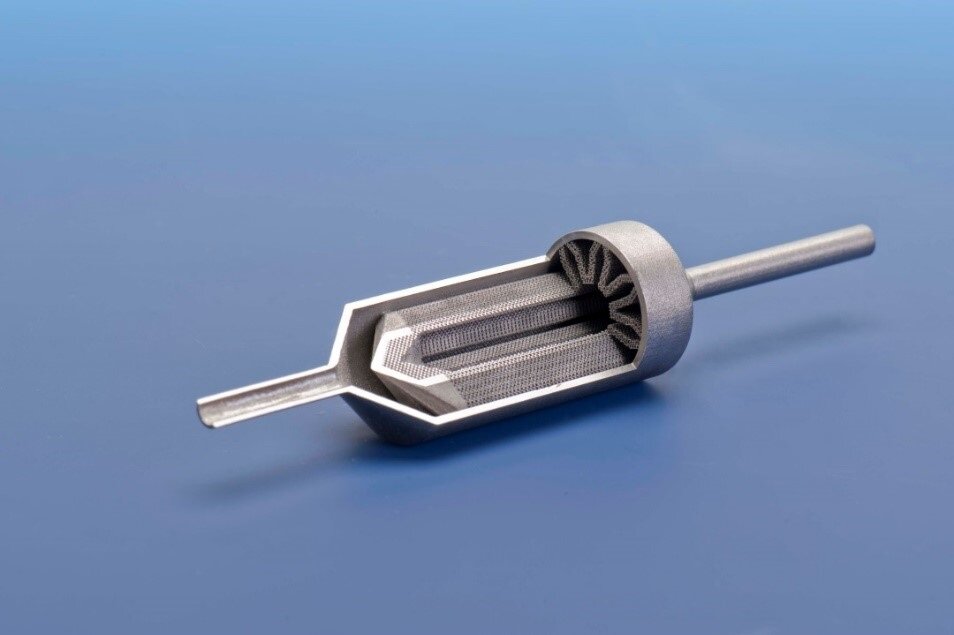
ESA technology transfer officer Mercedes Sánchez Álvarez explains, “The filter surface area is significantly larger than filters of the same size and mass with cylindrical filter elements.
“By using 3D printing our filter is produced as a single piece, which reduces the manufacturing time and avoids welded joints, possible dislocation of single parts and spread of filter passages found in many wire mesh filters. Made in a titanium alloy, it is also corrosion resistant.
“It was invented for space fuelling systems, but many other industries can benefit from it, where a fluid needs filtering, like fuel in aircraft and autos, and liquids in chemical and biotechnology industries.”
ESA patent kicks off start-up
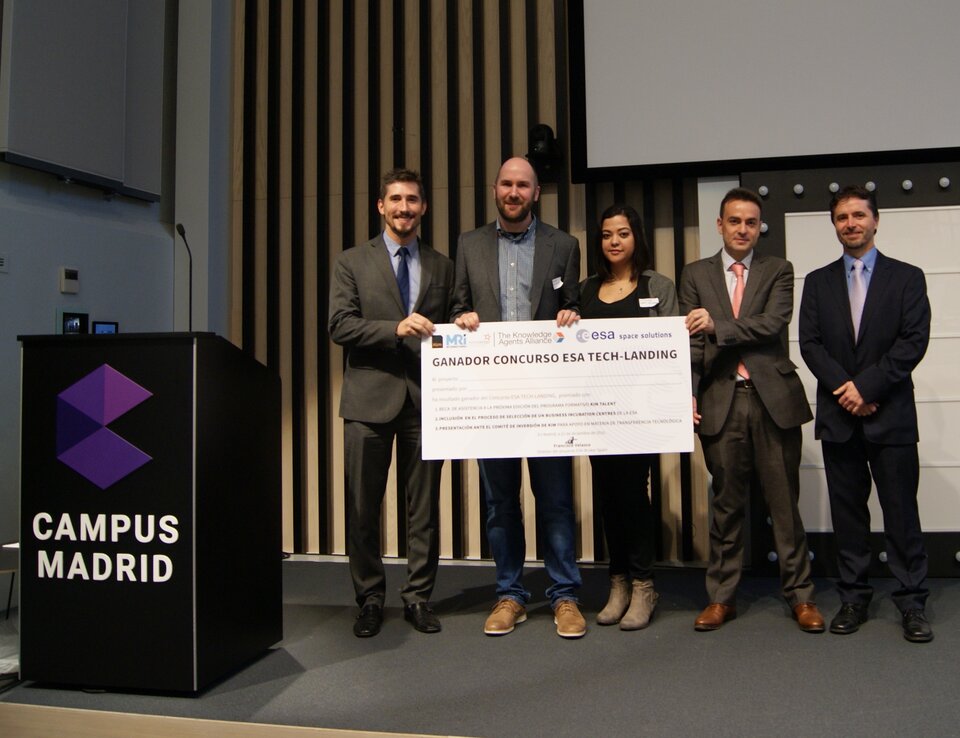
As the winner of the ESA Tech-Landing Contest, Breogán's business model will be included in the selection process for one of ESA's business incubation centres, and it will be brought before the KIM Investment Committee for technology transfer economic support.
Breogán will also receive a scholarship valued at €3800 to attend the next KIM Talent training event to learn about assessment, valuation and commercialisation of technologies.
“The motives that led me into participating in this contest are multiple,” says Breogán.
“The possibility of applying space technology to everyday life is a very attractive challenge. I liked the idea of getting involved with ESA and the Spanish aerospace industry, and, as a researcher, receiving training in technology transfer offered by KIM.
“Being capable of transferring the results of research to industry is a skill that is in increasing demand by universities and companies.”
He is now working on his application to ESA Business Incubation Centre Madrid Region and hopes to start soon after he finishes his fellowship in Bergen.


